Sign up for consultation
Travel news
4 stunningly beautiful world natural heritages in Japan
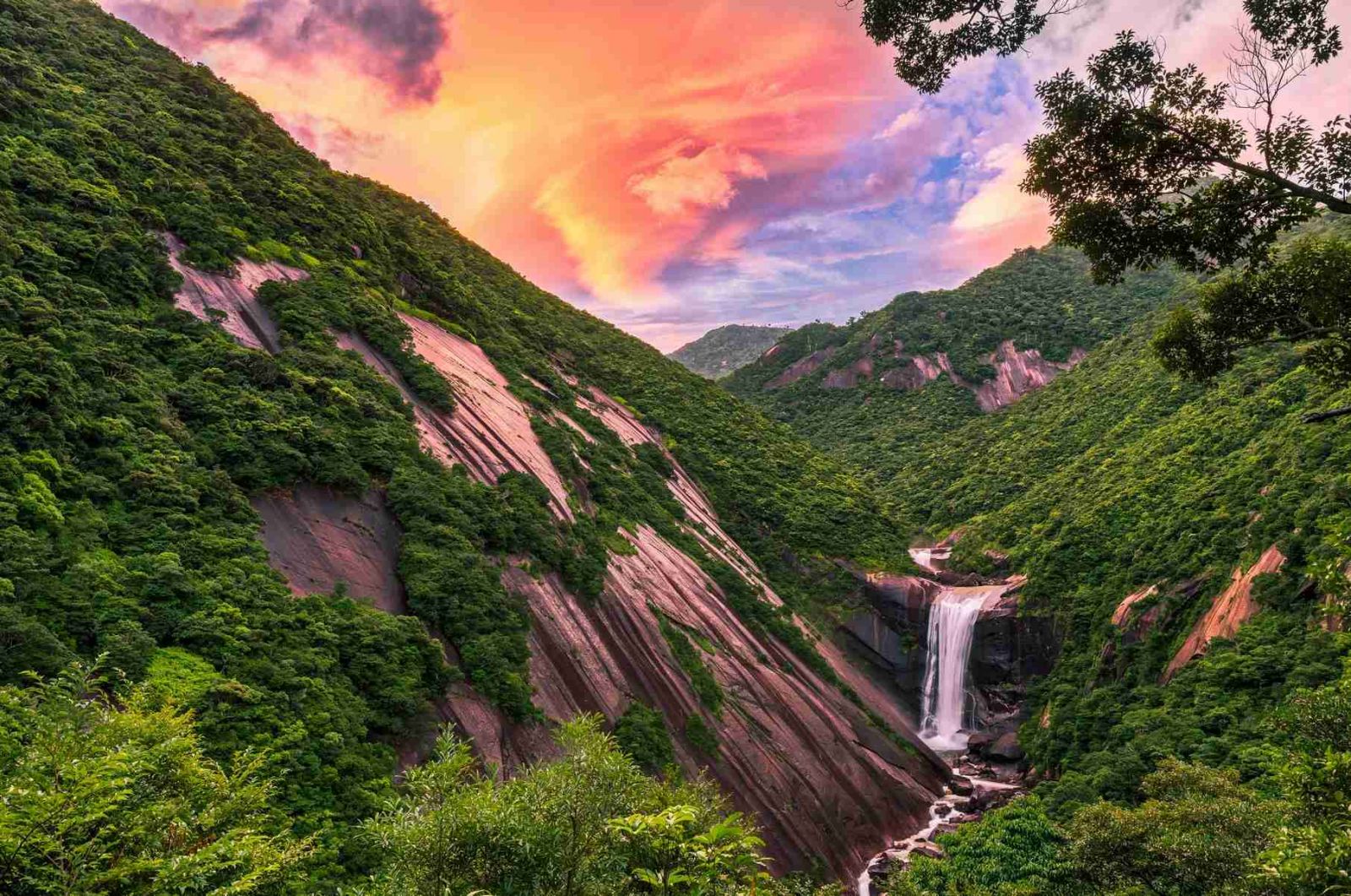
If you love pure nature, fairy-tale forests, or pristine seas with unique ecosystems, then the World Natural Heritage Sites in Japan are the ideal places for you to immerse yourself in the most original life. As of 2025, Japan has 4 natural heritage sites recognized by UNESCO - each is a magical world waiting for you to explore.
1. Yakushima – Kingdom of thousand-year-old cedar trees
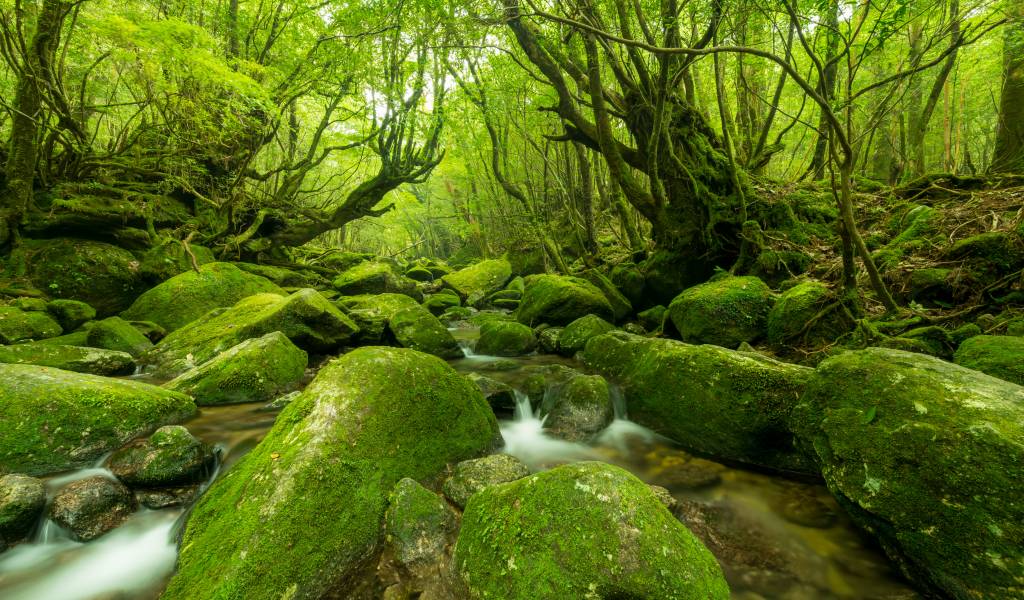
- Location: Kagoshima Prefecture, Yakushima Island
- Highlights: A primeval rainforest island with ancient cedar trees (Jōmon Sugi) over 1,000 years old, with a humid, mossy, and misty atmosphere like in a fairy tale.
Yakushima is like something out of a green dream – where you will walk through primeval moss-covered forests, watch clear streams, and feel the pristine breath of nature. This is also the inspiration for the famous Studio Ghibli animated film Princess Mononoke.
- Entrance fee: Free, but there is a hiking route that requires advance registration.
- Getting there: Fly from Tokyo or Osaka to Kagoshima Airport, then take the bullet train or ferry to Yakushima (about 2–4 hours).
2. Shirakami-Sanchi – The largest virgin beech forest sea in East Asia
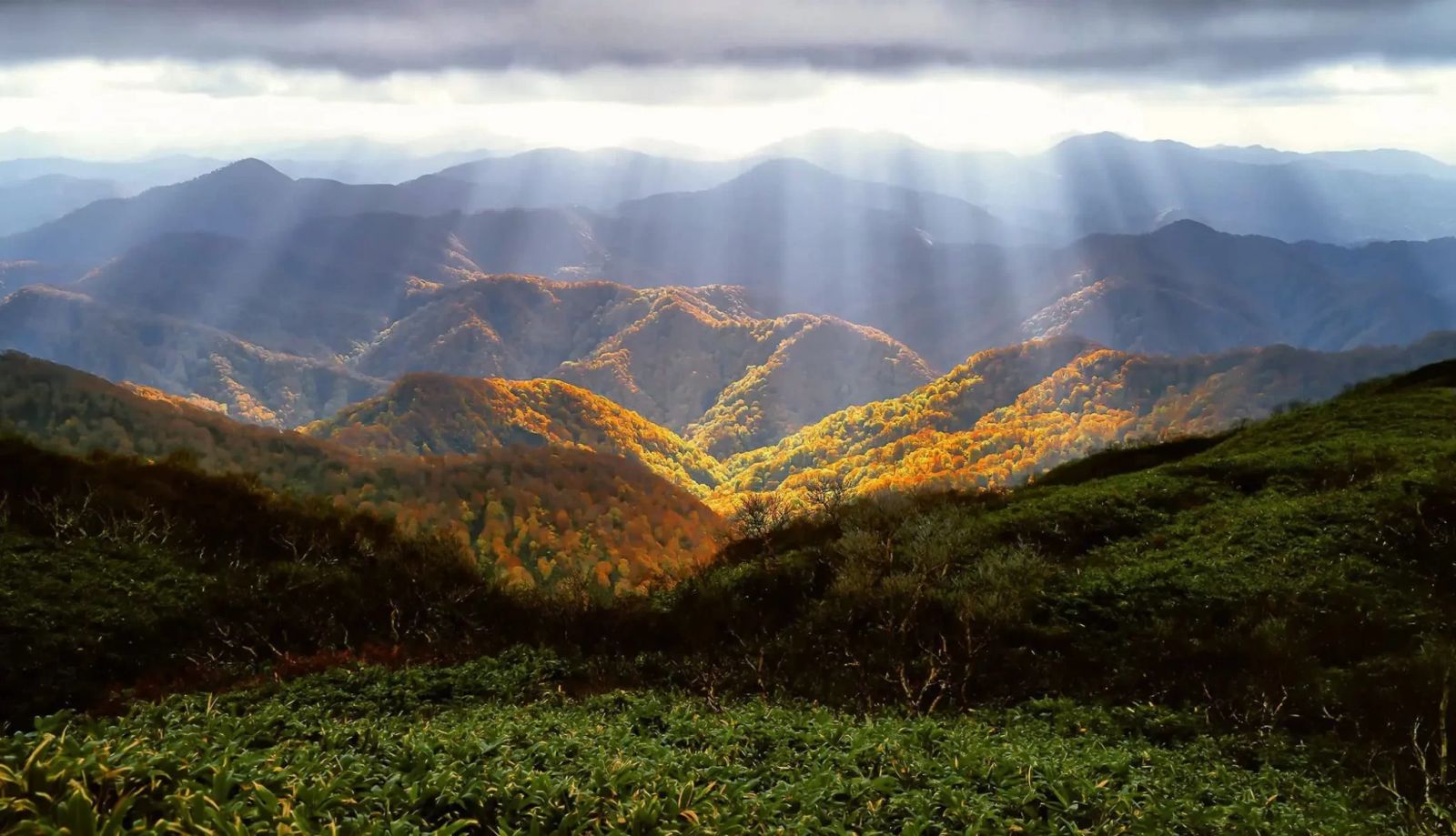
- Location: Aomori & Akita Prefectures, Tohoku Region
- Highlights: The vast forest is almost untouched by humans, and is home to many rare animals such as Japanese macaques, Asian black bears, and Goshawks.
Shirakami-Sanchi is a true “green oasis” – quiet, mysterious, and pristine. Those who love trekking and observing wildlife will surely be fascinated here. Especially in autumn, the whole forest is dyed in brilliant yellow and red, beautiful like a watercolor painting.
- Entrance fee to the core area: Free, but need to register in advance at the information center.
- How to get there: Train to Hirosaki or Ajigasawa Station, then rent a car or take a bus to the forest entrance points.
3. Ogasawara Islands – Galápagos of the East
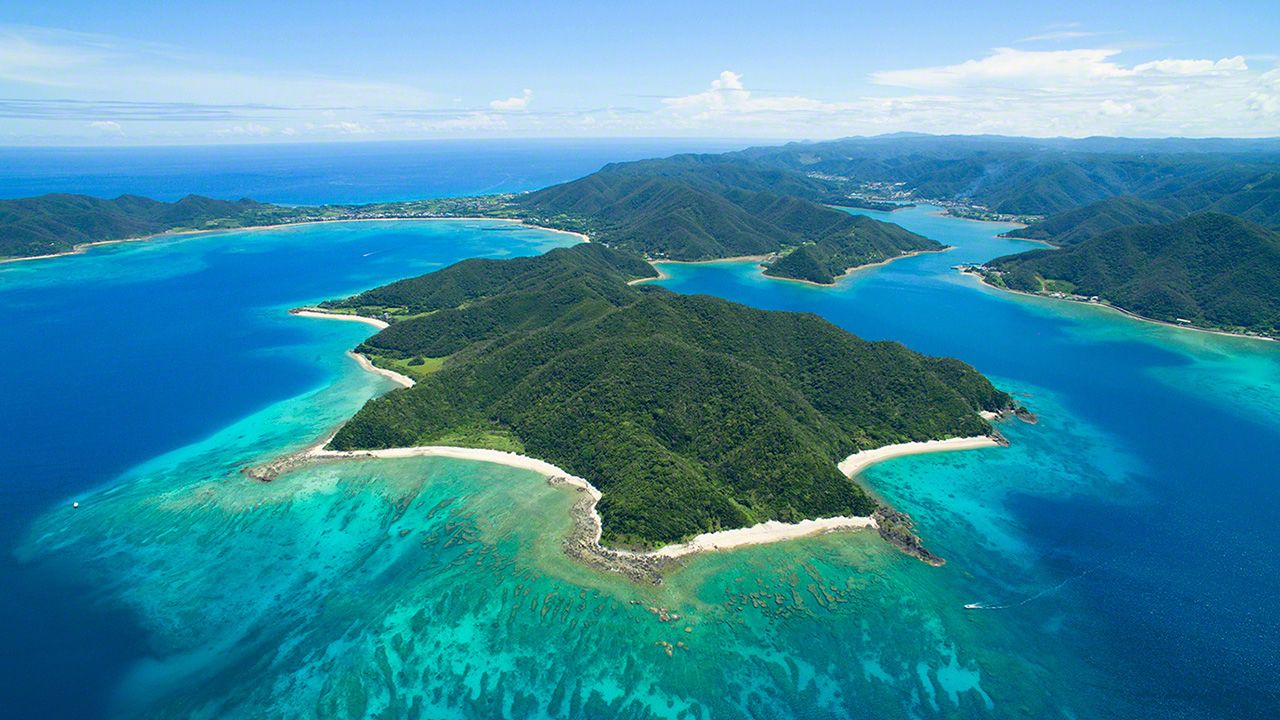
- Location: Tokyo (but about 1,000 km south of central Tokyo)
- Highlights: Isolated islands with unique flora and fauna, many of which are found only here. Turquoise beaches, subtropical forests and stunning coral reefs.
Ogasawara is a true paradise for ocean and eco-lovers. You can dive with whales, dolphins, sea turtles, or trek through the rainforest to see the rare Ogasawara bat. The islands have no airport, which helps preserve their pristine beauty.
- Train fare: About 22,000–30,000 yen/way depending on seat class
- How to get there: Take the Ogasawara Maru from Takeshiba Port (Tokyo), about 24 hours (only 1 trip per week).
4. Amami-Ōshima, Tokunoshima, Northern Okinawa & Iriomote – Subtropical Paradise
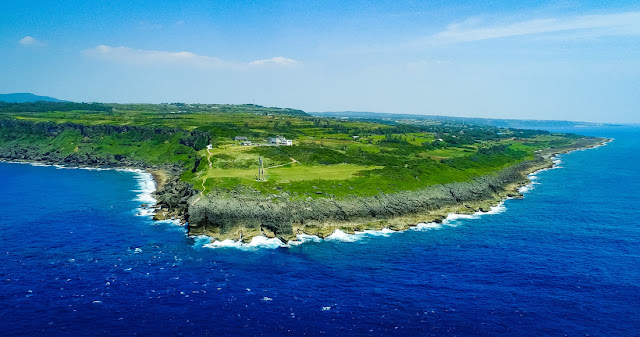
- Location: Southern islands of Japan, including Amami-Oshima (Kagoshima), Tokunoshima and Iriomote (Okinawa)
- Highlights: Rare subtropical forest ecosystems with endemic animals such as Amami rabbits and Iriomote wildcats, along with stunning pristine beaches.
These islands are like a world of their own – green, quiet and full of surprises. You can kayak through mangroves, hike in the jungle or dive in the clear waters. Life here is slow, suitable for “detox” from modern life.
- Entrance fee: Free, many areas have tours with local guides.
- Getting there: Fly from Tokyo or Osaka to each island’s airport (Amami, Okinawa, Ishigaki), then take a ferry or bus depending on the destination.
Tips for exploring Japan's Natural Heritage:
- What to bring: hiking boots, raincoat, insect repellent and warm clothes (the forest is wet and cold).
- A guide is recommended if you are not used to hiking, especially in Yakushima and Iriomote.
- Respect the environment: absolutely do not litter, do not pick plants, do not make noise that affects the ecosystem.
Are you ready to set foot in the most fairy-tale forests and pristine islands in Asia? Japan's natural heritage is not only beautiful - but also intact and strongly inspiring of wild, pure life.
PBJP Travel specializes in designing private tours for families and small groups from 1 to 50 guests. Private car service to pick up and drop off guests in Japan, Korea, Taiwan and Vietnam.
Support includes:
- Vehicles from 4 to 50 seats in Japan, Korea, Taiwan and Vietnam.
- Tour guides living and working locally.
- Visa support.
- Hotel booking upon request.
- Ticket booking for entertainment and recreation.
- Restaurant consultation and reservation.





